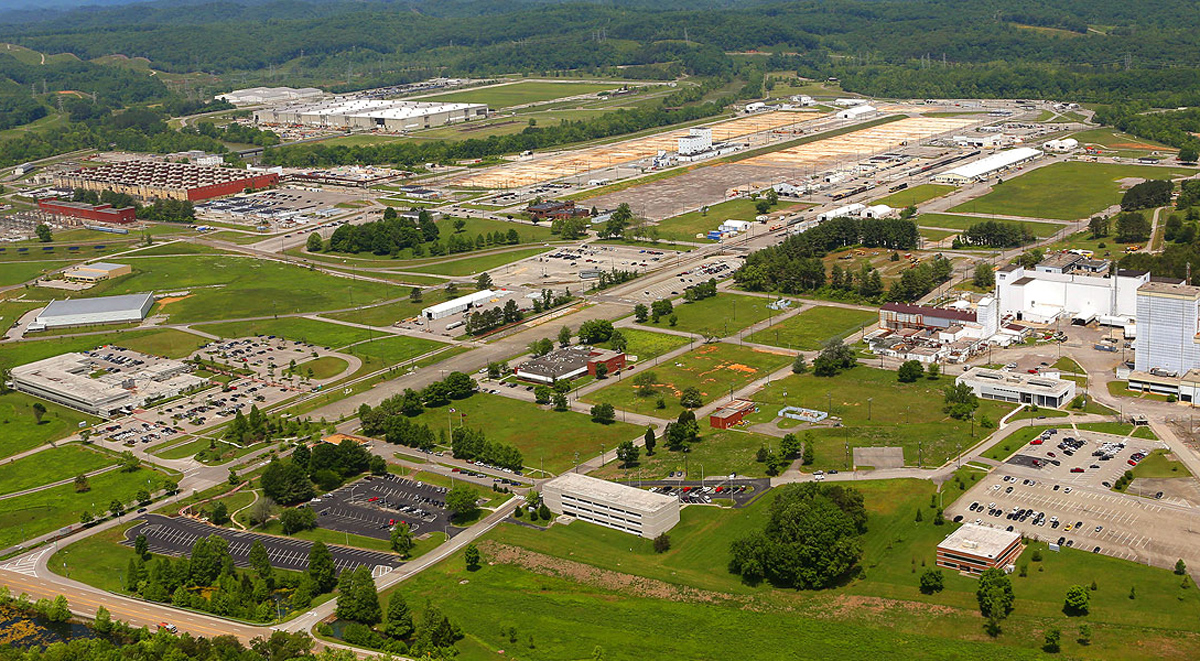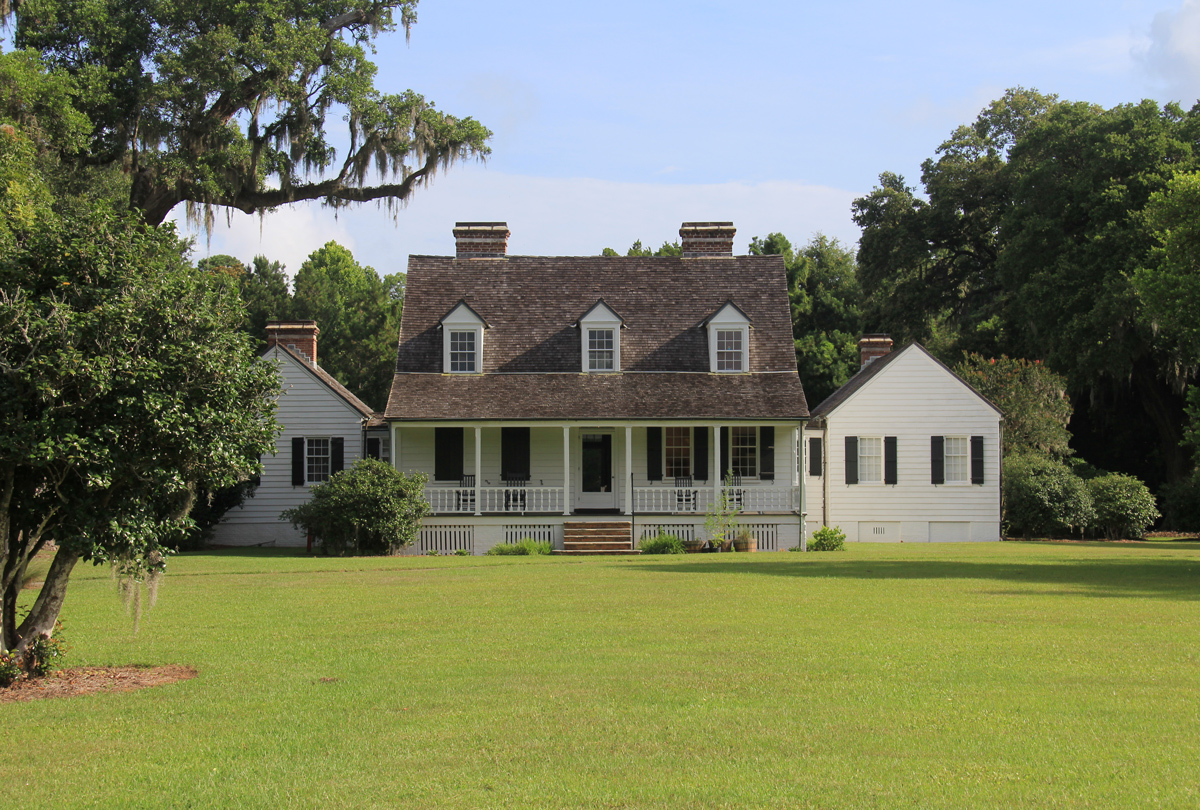US National Parks Prepare for the 2017 Total Solar Eclipse
On Aug. 21, 2017, a total solar eclipse will cross the continental U.S. and briefly cast a shadow over 21 of the nation's national parks.
The celestial event, sometimes called the Great American Total Solar Eclipse, is the first such eclipse to travel the width of the U.S. in nearly 100 years, offering a spectacular celestial show for millions of skywatchers. During the total solar eclipse on Aug. 21, the disk of the moon will move directly in front of the sun, briefly turning day into night.
It will take about 90 minutes for the moon's dark shadow to sweep across the country, starting around 10:15 a.m. PDT on the West Coast and ending around 2:45 p.m. EDT (11:45 a.m. PDT) on the East Coast. [21 National Parks Where You Can Enjoy the 2017 Solar Eclipse]
The path of totality for the solar eclipse — where people will experience the moon fully blot out the sun — is about 70 miles (113 kilometers) wide and stretches from Oregon to South Carolina, encompassing 21 U.S. national parks or historical monuments and scenic trails. The national parks in the path of totality will experience darkness for different lengths of time, ranging from only a few seconds up to 2 minutes 40 seconds at most. Outside the path of totality, viewers in the continental U.S. and other nearby areas will see a partial solar eclipse.
With less than three months to go, the National Park Service (NPS) is getting ready to accommodate large crowds and helping to plan special viewing events or educational opportunities at most of the parks. Visitor safety is of top concern, as well as preservation of each park's natural resources.
Grand Teton National Park in northwestern Wyoming is preparing for what is expected to be "busiest day ever" in the history of the park.
"August is already our busiest time of year, but as a result of the eclipse we are expecting to be even more crowded than normal," Dan Greenblatt, Colter Bay District Interpreter at Grand Teton National Park, told Space.com. "Grand Teton National Park features a stunning mountain landscape, and I think that is one reason that people are coming here: To see the eclipse as it passes over the mountains," Greenblatt said, adding that the park generally has pretty good weather in August, too.
Get the world’s most fascinating discoveries delivered straight to your inbox.
While planning viewing events, many of the parks consider their natural, historical or cultural significance, and how that may tie into the total solar eclipse, Sara Melena, NPS education specialist, told Space.com.
"People can go see [the eclipse] for 3,000 miles across the country, but there is a reason that they are coming to a national park — they've decided, 'this is the place I want to see this event,' and it's because of the spectacular scenery, the amazing natural resources we protect and the relation to our past … that make national parks a unique place to go to experience this event," Melena said.
For example, one of the parks in the path of totality is the Manhattan Project National Historical Park, which commemorates the creation of the atomic bomb used in World War II.
"Personally, the connection I would make here would be about science — about learning and discovery," Melena said. "To learn about atoms and how they work — that's an aspect of the story that the park has to tell, but in relation to the eclipse, it's about learning and discovery and about understanding the world around us."
Many of the national parks in the path of totality will host special viewing events or other related programs and activities. If you're planning on making a trip to see the total solar eclipse, here's a list of all of the national parks that will experience the daytime darkness cast by the moon's shadow. You can read more about the eclipse each of the national park locations in our gallery.
- John Day Fossil Beds National Monument in Kimberly, Oregon. All three units of John Day Fossil Beds National Monument will plunge into darkness for up to 2 minutes. The Painted Hills and Sheep Rock Units are both directly under the centerline of the eclipse, while the Clarno Unit is a little more north of centerline. Totality will begin about 10:20 a.m. PDT, depending on the unit of the park. The park is open to the public on the day of the eclipse. There is no entrance or parking fees, but the park anticipates large crowds and advises that visitors arrive early to ensure they catch the eclipse.
- Craters of the Moon National Monument & Preserve in Arco, Idaho. Located in the Snake River Plain of central Idaho, the lava fields of the Craters of the Moon National Monument and Preserve fall on the outskirts of the path of totality. The park is partnering with the city of Arco, NASA and Idaho State University to host an educational presentation about the eclipse and a special viewing event from 9:30 a.m. MDT to 1 p.m. MDT at the Bottolfsen Park in Arco. Totality will start about 11:31 a.m. MDT and skywatchers will experience about 1 minute and 39 seconds of darkness during the total solar eclipse. [Total Solar Eclipse 2017: Path, Viewing Maps and Photo Guide]
- Grand Teton National Park in Moose, Wyoming. Four scenic viewing areas will be set up in the park: Gros Ventre Camp Ground, Craig Thomas Discovery and Visitor Center, Jackson Lake Lodge and Colter Bay Visitor Center. Starting around 11:35 a.m. MDT, viewers at the park will experience up to 2 minutes and 40 seconds of totality, depending on where they are in the park. The Gros Ventre viewing area may require a ticket due to parking limitations, but other areas will be free and open to the public. Keep in mind that all of the park's permitting requirements will be in place throughout the weekend of the eclipse, including backcountry permits, camping permits and boating permits.
- Fort Laramie National Historic Site in Fort Laramie, Wyoming. Fort Laramie falls directly along the path of totality for the Aug. 21 solar eclipse and will host a viewing event from 10 a.m. to 2 p.m. MDT. Viewers in this area will experience approximately 2 minutes and 14 seconds of totality, starting about 11:46 a.m. MDT. Admission to the site and all events is free, and parking will be available near the Army Iron Bridge on site.
- Agate Fossil Beds National Monument in Harrison, Nebraska. Designated viewing areas will be set up in the park for the total solar eclipse. The park falls near the center of the path of totality, which will start at 11:47 a.m. MDT. Viewers will experience total darkness for approximately 2 minutes and 23 seconds. The park will also host day and nighttime astronomy programs, Native American sky stories, kids' activities and more throughout the weekend of the total solar eclipse (Aug. 19 through Aug. 21).
- Scotts Bluff National Monument in Gering, Nebraska. Starting at 11:48 a.m. MDT, viewers will experience approximately 1 minute and 42 seconds of darkness at Scotts Bluff National Monument. Located in western Nebraska, the park falls in the path of totality and will host viewing events in several areas, including Five Rocks, Scotts Bluff National Monument, Legacy of the Plains and Landers Field. Viewing events are free, but entrance fees to the park may apply.
- Homestead National Monument of America in Gage County, Nebraska. A weekend of events (Aug. 19 through Aug. 21) has been planned for the solar eclipse at the Homestead National Monument of America in Nebraska. Starting at 1:02 p.m. CDT on Aug. 21, the historical site will experience 2 minutes and 34 seconds of totality. All solar eclipse programs at Homestead are free. Bill Nye, the popular science communicator and CEO of the Planetary Society, will even make an appearance at the park on the day of the eclipse to welcome skywatchers and introduce the NPS' new Junior Ranger Eclipse Explorer booklet.
- Harry S Truman National Historic Site in Independence, Missouri. Featuring the home of Harry S. Truman, the 33rd president of the United States, the historic site falls within the path of totality and will be open to visitors to watch the eclipse. Partial phase starts at 11:41 a.m. CDT, while totality begins at 1:08 a.m. CDT. Totality will last 1 minute and 10 seconds.
- Lewis & Clark National Historic Trail. Although the National Historic Trail stretches some 3,700 miles (6,000 kilometers) across the U.S., only some areas converge with the path of totality. This includes Jefferson City, Kansas City and St. Joseph in Missouri. While Kansas City falls on the edge of the path of totality and will see only about 27 seconds of darkness during the eclipse, skywatchers will experience 2 minutes and 29 seconds of totality in Jefferson City. Viewers in St. Joseph will experience 2 minutes and 38 seconds of totality, starting at 1:06 p.m. CDT.
- Ulysses S Grant National Historic Site in St. Louis, Missouri. This 9.65-acre plantation falls in the path of totality and will see 1 minute and 33 seconds of totality, starting at 1:17 p.m. CDT. The park will be open to skywatchers on the day of the eclipse. Entrance to the Ulysses S. Grant National Historic Site is free. Leading up to eclipse, the site is also hosting a Junior Ranger solar eclipse program and a total solar eclipse lecture on June 23. Both events are free, but reservations are required for the lecture.
- Fort Donelson National Battlefield in Dover, Tennessee. Located on the edge of the path of totality, Fort Donelson will experience only about 45 seconds of darkness, starting at 1:25 p.m. CDT. Viewing will be available from the main area of the park and from the Dover Hotel (Surrender House), overlooking the Cumberland River. The park will also host special solar eclipse programs throughout the spring and summer. Those included a presentation by NASA Solar System Ambassador Theo Wellington on June 13, and a Junior Ranger activity on June 17 for children, ages 5-9. All eclipse events at Fort Donelson are free.
- Stones River National Battlefield in Murfreesboro, Tennessee. Also on the edge of totality, eclipse viewers at the Stones River will experience about 55 seconds of totality, starting at 1:29 p.m. CDT. The park will hold a free viewing event on Aug. 21 at the visitor center, along with historical and astronomical activities throughout the day. The first 1,500 visitors will receive a complimentary pair of eclipse viewing glasses.
- The Obed Wild and Scenic River in Wartburg, Tennessee. The park is holding free viewing events at three locations, including the Obed Visitor Center, which will experience 1 minute and 14 seconds of darkness; Lilly Overlook, which will experience 1 minute and 39 seconds of darkness; and Big South Fork Gateway Visitor Center, which will see 2 minutes and 29 seconds of darkness. Totality will occur about 2:30 p.m. EDT, with the duration of darkness varying depending on the location. Visitors can also see the eclipse from other areas of the park on their own, but vehicle access may be limited.
- Manhattan Project National Historical Park in Oak Ridge, Tennessee. The park has planned public viewing events at the American Museum of Science & Energy (Oak Ridge Visitor Center), where viewers will experience approximately 24 seconds of totality, starting at 2:33 p.m. EDT. Eclipse viewing events are free, but the park will likely fill up fast.
- Great Smoky Mountains National Park in Tennessee and North Carolina. The western section of the park falls under the path of totality and will experience up to 2 minutes and 20 seconds of darkness during the eclipse. The Great Smoky Mountains National Park planned viewing events in three areas, including Cades Cove, Oconaluftee and Clingmans Dome — the highest peak in the park. The Clingmans Dome event is already sold out, but the other areas will be open and free to the public.
- Appalachian National Scenic Trail. The Appalachian Trail stretches from Springer Mountain in Georgia to Mount Katahdin in Maine. The total solar eclipse on Aug. 21 will pass directly over sections of the Appalachian Trail in North Carolina and Tennessee. Hikers can trek to the top of the 5,200-foot Albert Mountain near Franklin, North Carolina, to witness 2 minutes and 30 seconds of totality, starting at 2:35 p.m. EDT. The Appalachian Trail is a public footpath, and no fees or permits are required to walk on the trail.
- Blue Ridge Parkway, North Carolina. Also known as "America's Favorite Drive," is a 469-mile scenic highway that runs through Virginia and North Carolina. The southern section of the Parkway near Asheville, North Carolina, will be in the path of totality and experience between 20 seconds and 1 minute of darkness, depending on the location of the parkway. Totality will begin around 2:36 p.m. EDT.
- Ninety Six National Historic Site in Ninety Six, South Carolina. Located in the direct path of the total solar eclipse, the park will host a viewing event at Star Fort Pond. Skywatchers will experience 2 minutes and 32 seconds of darkness, starting at 2:39 p.m. EDT. The Ninety Six viewing event is free. The park asks that visitors make a reservation so that they can prepare for the event.
- Congaree National Park in Hopkins, South Carolina. Skywatchers can join Congaree National Park staff for a guided hike among the ancient hardwood forests as the eclipse occurs. Viewers will experience 2 minutes and 31 seconds of darkness, with totality starting at 2:42 p.m. EDT.
- Charles Pinckney National Historic Site in Mount Pleasant, South Carolina. With totality starting at 2:46 p.m. EDT, the historic site is one of the last to experience the total solar eclipse. Totality will start at 2:46 p.m. EDT and last for about 1 minute and 48 seconds. The park will hold special free eclipse-viewing events on Aug. 21. Visitors can also walk the plantation grounds and nature trail while the eclipse occurs.
- Fort Sumter National Monument in Charleston, South Carolina. Before the moon's shadow heads over the Atlantic Ocean, it will cross Fort Sumter National Monument in Charleston — the last major city within the path of totality. The national monument also includes Fort Moultrie, located on Sullivan's Island. Charleston will experience about 1 minute and 33 seconds of totality, starting at 2:46 p.m. EDT. Details have not yet been announced for any eclipse-viewing events at either Fort Sumter or Fort Moultrie. However, a viewing event will be held at the Fort Sumter Visitor Education Center at Liberty Square in Charleston.
Special viewing glasses are required to safely view the solar eclipse. The NPS has helped fund the production of 50,000 solar-eclipse-viewing glasses to be distributed to park visitors. Some of the national parks hosting viewing events will be giving glasses away to visitors on the day of the eclipse. However, quantities will be limited, so anyone planning to view the eclipse should get a pair of solar-viewing glasses before the event.
While witnessing the total solar eclipse from one of the country's national parks offers a unique and natural viewing experience, many of the parks in the path of totality are in remote locations. Visitors should come prepared with enough food and water to stay hydrated in the summer heat. Visitors should also take into consideration that cell service and internet access may be limited in these areas.
Most parks will have designated parking areas set up on the day of the eclipse. Due to the unusually high traffic and number of visitors expected, programs and park services may be limited on the day of the eclipse. Be sure to check the National Park Service website for more information on specific viewing events and programs being held, as well as for updates on road closures, weather alerts or ticket availability leading up to the total solar eclipse on Aug. 21.
Follow Samantha Mathewson @Sam_Ashley13. Follow us @Spacedotcom,Facebook and Google+. Original article on Space.com.






